
ENGLISH FOR MARKETING
COURSE NUMBER: MKMA1112
CREDIT: 03
NATIONAL ECONOMICS UNIVERSITY
MARKETING FACULTY
Marketing Department

COURSE STRUCTURE
•Marketing Introduction
Unit 1
•Marketing Environment
Unit 2
•Marketing Information and Research
Unit 3
•Consumer Behaviour
Unit 4
•Segmentation - Targeting - Positioning
Unit 5
•Company and Marketing Strategy
Unit 6
•Product
Unit 7
•Price
Unit 8
•Places
Unit 9
•Promotion
Unit 10

Books and references
Course Book:
•Phillip Kotler, Gary Amstrong “Principles of Marketing”, Pearson Education Limited, 2014.
Reference Books:
•Cate Farrall (2008). Professional English in use - Marketing. Cambridge University Press
•Simon Sweeney (2002). Test your Professional English –Marketing. Pearson Education
Limited.
•Sylee Gore (2007). English for Marketing and Advertising. Oxford Business English.

Assessments
•Participation: 10%: attendance and participation in class
•Mid term: 20% - in class test, closed book (expected in week 5)
•Group assignment and presentation: 20% (expected in week
10)
•Final exam: 50% - closed book (expected in week 15)


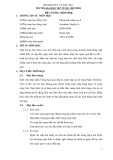
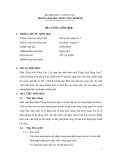
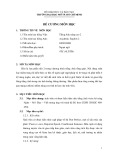
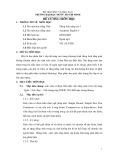
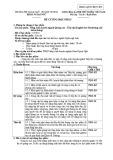


![Trắc nghiệm Tiếng Anh kinh doanh: Bài test chuẩn và [từ mô tả phù hợp]](https://cdn.tailieu.vn/images/document/thumbnail/2025/20251102/ngocanhn201@gmail.com/135x160/51201762135116.jpg)









![Đề cương ôn tập Tiếng Anh du lịch (English for Tourism) [mới nhất]](https://cdn.tailieu.vn/images/document/thumbnail/2025/20250728/kimphuong1001/135x160/55271753673317.jpg)


